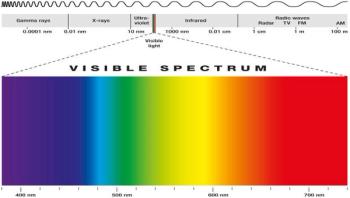
Environmental Services
Latest News



Jesuit High School of New Orleans is the first and only prep school in the United States to deploy a high-tech Germ-Zapping Robot™ to wage environmental war by destroying bacteria and potentially deadly pathogens typically found lurking inside gymnasiums, athletic locker rooms, weight training areas, shower and bathroom facilities, and even personal sports equipment.



Here's a review of ICT's top news, features and slide shows relating to environmental hygiene in 2015.






This report summarizes and synthesizes studies from the medical literature examining the efficacy and benefits of using germicidal UV-C light technology to enhance manual cleaning and disinfection of healthcare environmental surfaces.















